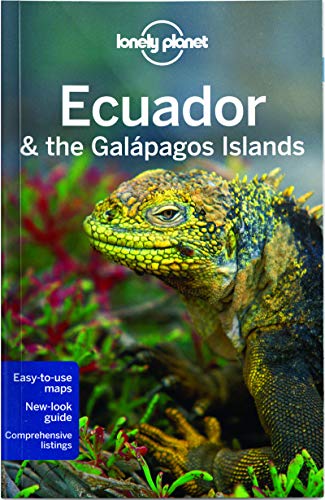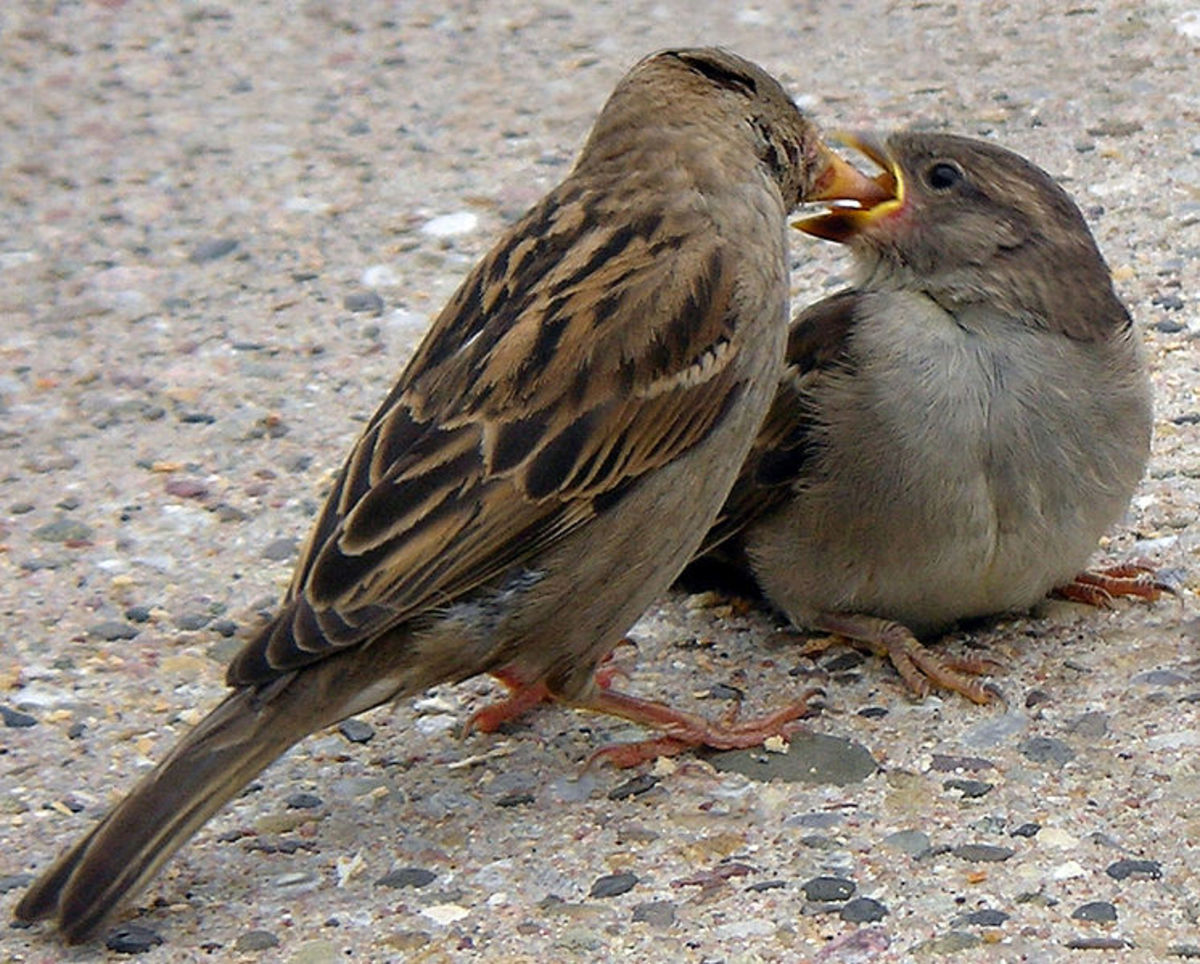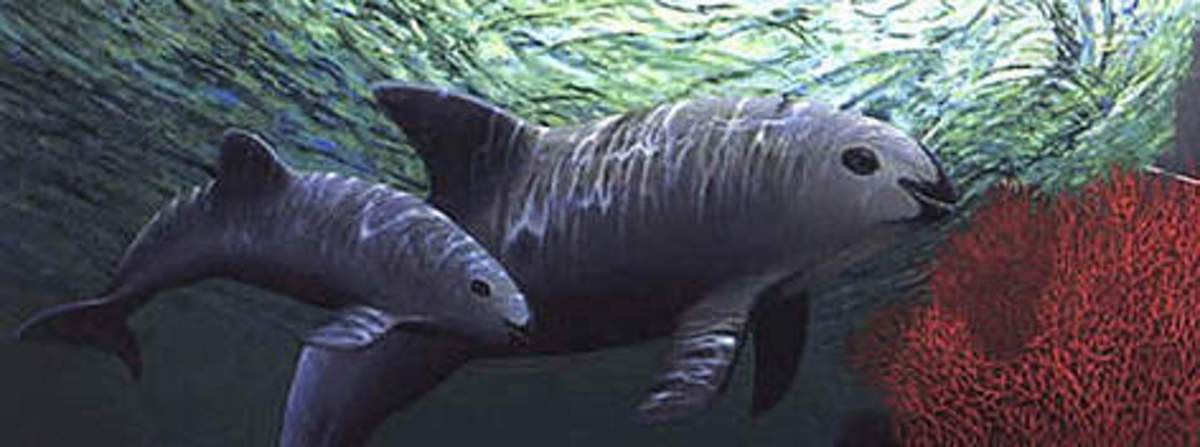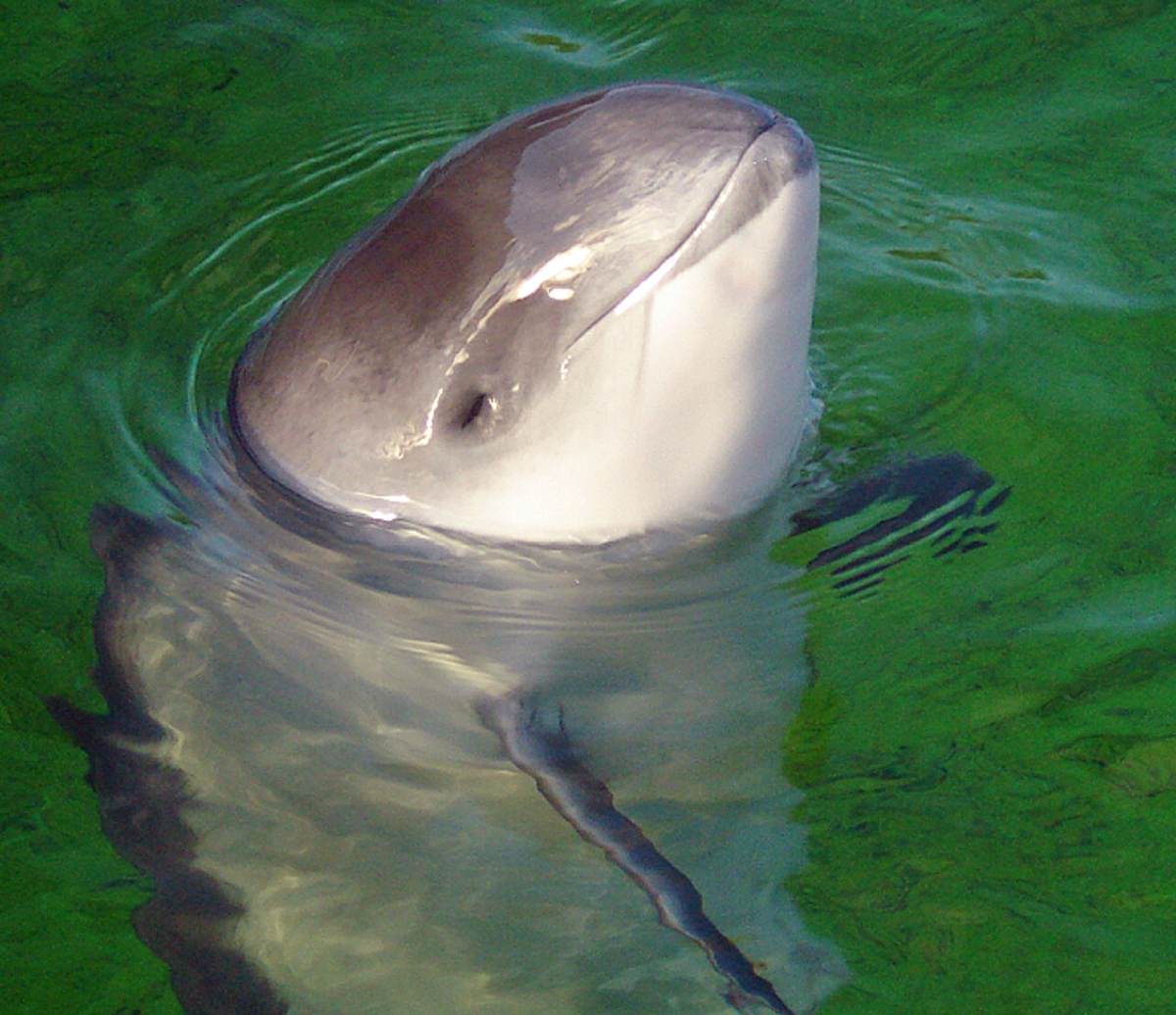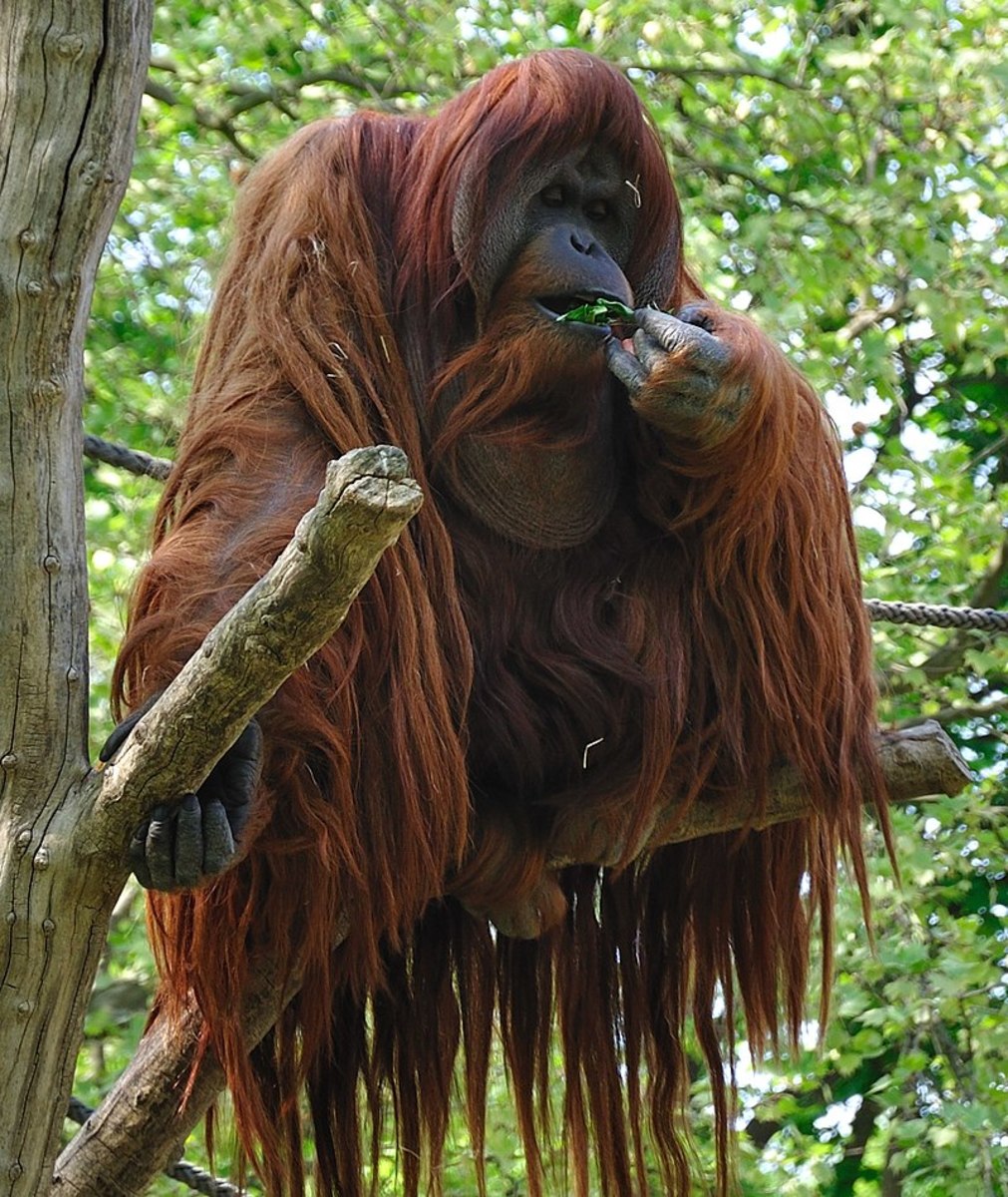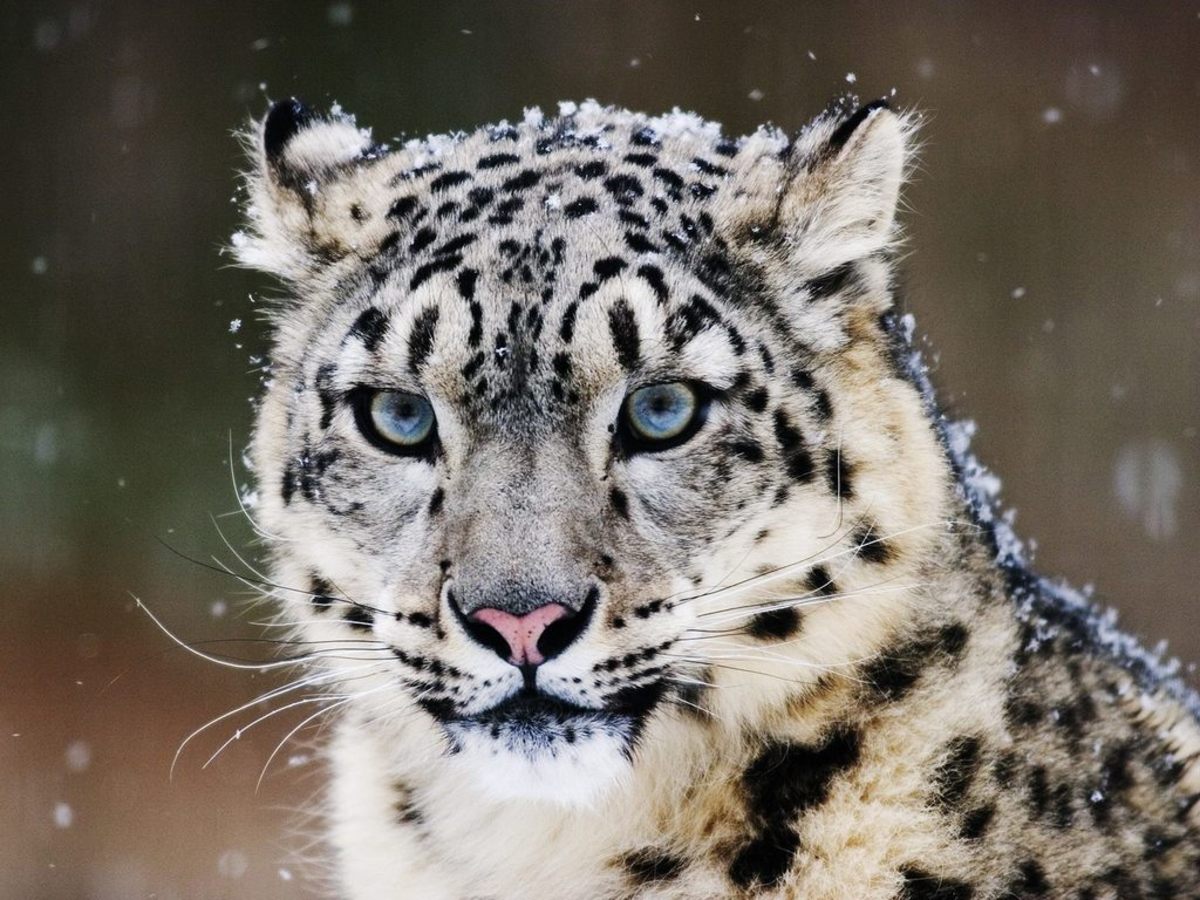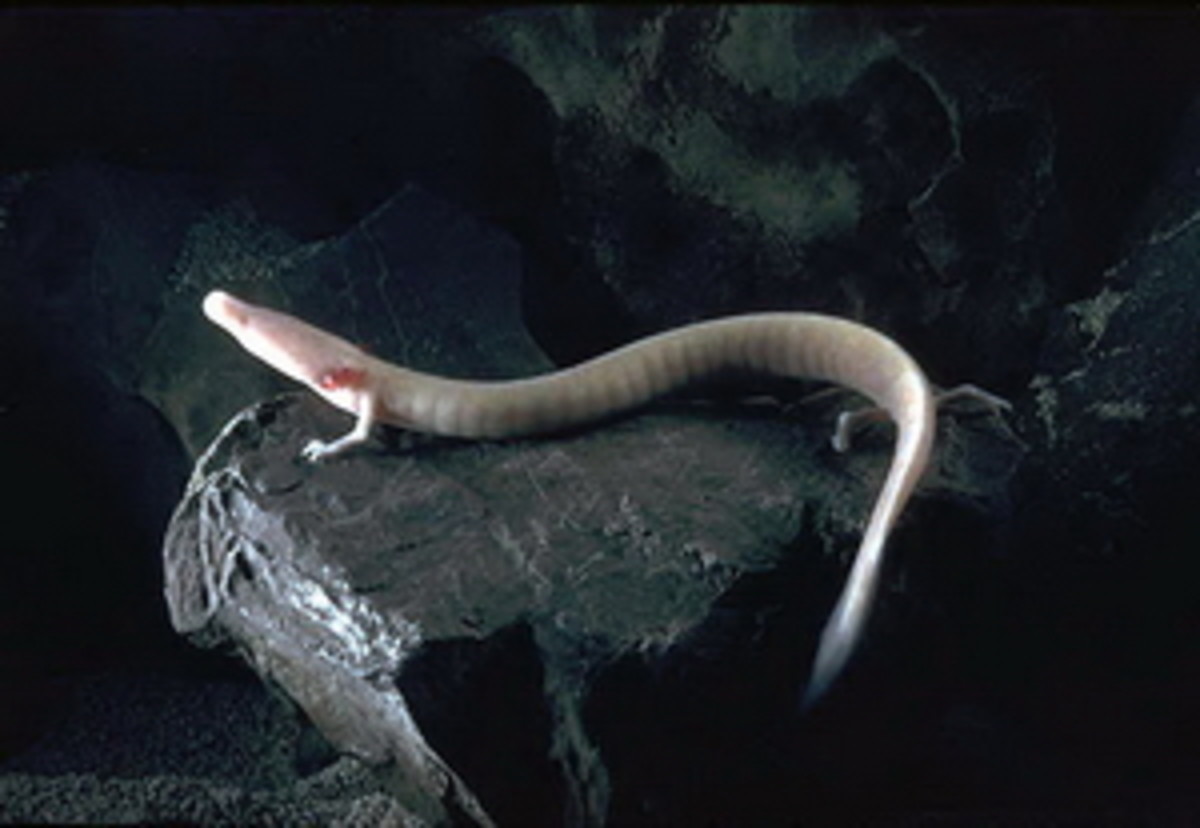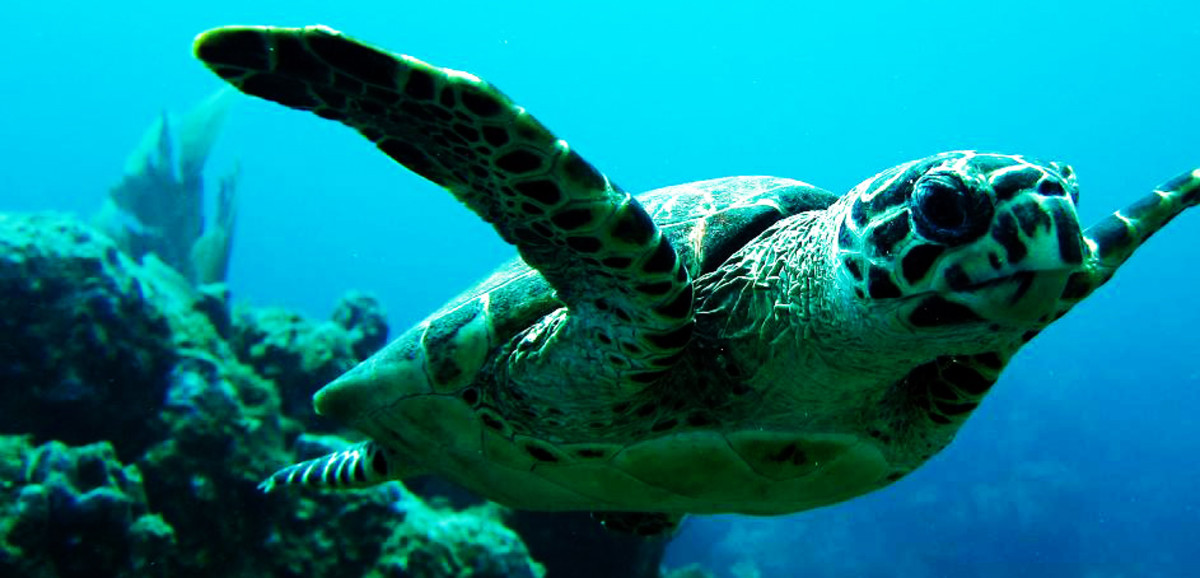- HubPages»
- Education and Science»
- Life Sciences»
- Endangered Species
Endangered Bird Species in Ecuador
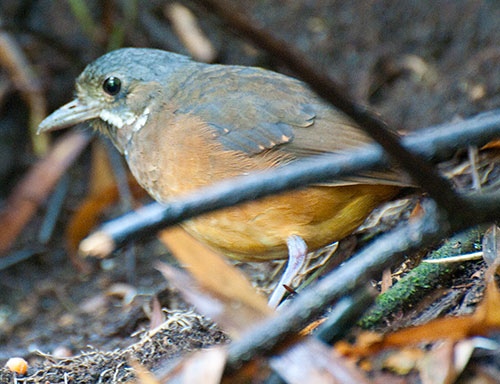
Due to its size and biodiversity, Ecuador can be considered one of the premier avian wonders of the world. Although countries such as Columbia, Peru and Brazil may profess to have more species that its smaller neighbor, Ecuador cannot be defeated when it comes to the number of birds per area. This, coupled with the ease of access to the greatest birding areas on earth, makes it a prime travel destination for the avid bird and nature enthusiast.
There is, however, a danger of losing many of these magnificent creatures to the onslaught of agricultural and industrial development. Of the more than 1,600 distinguished birds residing within this tiny nation, 203 have been identified as being threatened by human encroachment. Of these avian species, 93 may be headed for extinction within Ecuador during this century. Some, such as the Turquoise-throated Puffleg and the Grasshopper Sparrow may have already succumbed to the incursion of man.
Conservation Efforts
The country of Ecuador has recognized the need for preserving the living wonders of this nation and has taken great strides in preserving the natural habitats of these creatures. Over the past forty years, 3.5 million ha (8.7 million ac) of land has been designated as protected. An additional 27,000 ha (67,000 ac) have been purchased by private foundations hoping to preserve the endangered birds within these regions. In 2009, Ecuador was the first, and presently only, nation to incorporate the Rights of Animals into their constitution.
Critically Endangered Species
BirdLife International recognizes eight birds as being critically endangered within the Ecuador and Galapagos Island domains. Robert S. Ridgely and Paul J. Greenfield list an additional seven species in their massive publication, “The Birds of Ecuador”. “Critically endangered”, by their definition, indicates that these species have an exceptionally high risk of extinction in the near future. Both the government and private sector foundations are expending great efforts to preserve the natural habitats of these creatures.
The avifaunas at greatest risk that reside exclusively on the Galapagos Archipelago are the Floreana Mockingbird, Galapagos Petrel, Medium Tree-Finch, and the Mangrove Finch. The Floreana Mockingbird is one of the scarcest birds in the world having a population of less than 250. Although it has already disappeared from its original habitat on Isla Floreana, it can be found on the islets of Champion and Gardner-by-Floreana. The introduction of Black Rats and other mammals has attributed to the decline of all four of these species. This, coupled with a parasite that appears to inhabit the nests of these birds, gives cause for concern that these treasures may not survive the intrusion of man.
The Black-breasted Puffleg has been greatly affected by deforestation and can only be found in extremely localized areas near the city of Quito Ecuador, which has adopted it as their mascot. Little information is known about this distinctive hummingbird and further study is needed. With a population of less than 300 adults, its future is unknown. The Jocotoco Foundation purchased land and dedicated the Yanacocha Reserve for the preservation of the species.
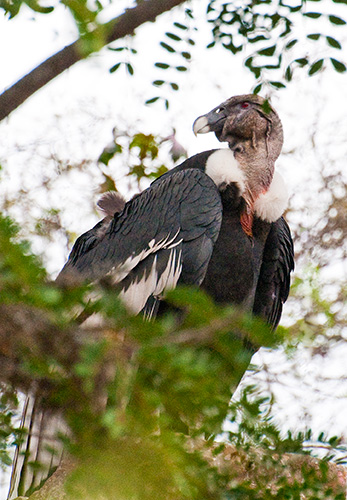
Other birds that have been significantly affected by habitat loss and over-hunting are the Pale-headed Brush-finch, Yellow-eared Parrot, Great Green Macaw and Wattled Curassow. The incursion of agriculture and deforestation of the rainforest areas has greatly reduced the natural environment of these species, substantially diminishing their numbers and placing them at extreme risk of extermination. Although many efforts are being put forward to preserve the affected areas, many populations are showing little signs of increase.
Local Involvement
Over the past twenty years there has been significant progress in educating the residents of Ecuador to the fabulous natural wonders of their country. This has resulted in many landowners converting their properties towards the purpose of ecotourism and conservation. A typical example is Paz de las Aves , a forest plantation owned by Angel Paz that he once relied on for lumber to support his family. After discovering a Cock-of-the-Rock lek on his property, he was encouraged by several ornithologists to promote this find to bird enthusiasts who would later flock to his reserve to observe this formidable creature. He now has a thriving occupation, supporting not only his family but several other workers as well.
This promotion of ecotourism has spread and there are many more native Ecuadorians converting their properties to the preservation of the natural habitat. Encouraged by the government and private foundations, new sites are being established to cater to the increasing bird watching tourists visiting this tiny nation.
Summary
As agricultural and industrial development continues to increase, it raises tremendous concerns for the preservation of the natural wonders of Ecuador. However, with education and the promotion of ecotourism throughout the country, human encroachment upon the natural habitats of the forest dwellers may be hampered, allowing these species to survive. With a concerted effort by the government, private foundation and the local population, these birds may escape a possible demise.
Other Articles by this Author
- Hummingbirds of Ecuador, Small Wonders
The hummingbird is a diminutive creature endemic to the Americas, the majority found in the neo-tropics. The English name is derived from the constant... - The Tanagers of Ecuador
Of the 240 traditionally known species of tanagers (Thraupidae ), 143 inhabit the country of Ecuador. Within this heading are included the tanagers, honeycreepers,... - Antpitta, Gardian of the Rainforest
The Antpitta, sometimes referred to as a ground antbird, is a plump little creature that stands majestically on its long legs. It is a woodland bird, hopping around...
Related Links
- Discovering the Birds of Ecuador
Birding locations in Ecuador


